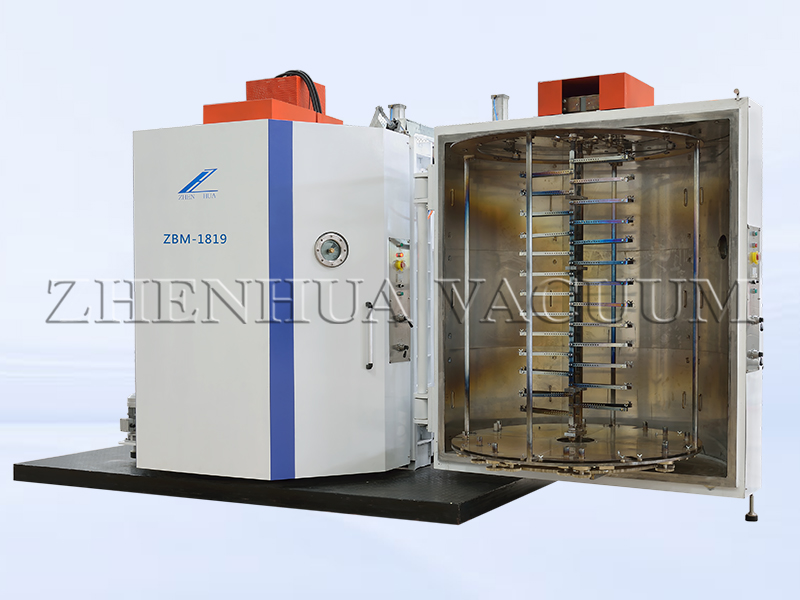Silver was once the most prevalent metallic material until the mid-1930s, when it was the primary reflective film material for precision optical instruments, typically chemically plated in a liquid. The liquid chemical plating method was used to produce mirrors for use in architecture, and in this application a very thin layer of tin was used to ensure that the silver film was bonded to the glass surface, which was protected by the addition of an outer layer of copper. In exterior surface applications, the silver reacts with oxygen in the air and loses its luster because of the formation of silver sulfide. However, because of the high reflectivity of the silver film just after plating and the fact that silver evaporates very easily, it is still used as a common material for short-term use of components. Silver is also often used in components that require temporary coatings, such as interferometer plates for checking flatness. In the next section, we will deal more fully with silver films with protective coatings.
In the 1930s, John Strong, a pioneer in astronomical mirrors, replaced chemically produced silver films with vapor-coated aluminum films.
Aluminum is the most commonly used metal for plating mirrors because of its ease of evaporation, good ultraviolet, visible, and infrared reflectivity, and its ability to adhere strongly to most materials, including plastics. Although a thin oxide layer always forms on the surface of aluminum mirrors immediately after plating, which helps to prevent further corrosion of the mirror surface, the reflectivity of aluminum mirrors still gradually decreases during use. This is because in use, especially if the aluminum mirror is completely exposed to external work, dust and dirt inevitably collect on the mirror surface, thus reducing the reflectivity. The performance of most instruments is not seriously affected by a slight decrease in reflectance. However, in those cases where the aim is to collect the maximum amount of light energy, since it is difficult to clean aluminum mirrors without damaging the film layer, the plated parts are periodically re-plated. This applies especially to large reflector telescopes. Because the main mirrors are very large and heavy, the main mirrors of the telescope are usually re-plated annually with a coating machine specially installed in the observatory, and they are usually not rotated during evaporation, but rather multiple evaporation sources are used to ensure uniformity of the film thickness. Aluminum is still used in most telescopes today, but some of the newest telescopes are vaporized with more advanced metallic films that include a silver protective coating.
Gold is probably the best material for plating infrared reflective films. Since the reflectivity of gold films decreases rapidly in the visible region, in practice gold films are only used at wavelengths above 700 nm. When gold is plated on glass, it forms a soft film that is susceptible to damage. However, gold adheres strongly to chromium or nickel-chromium (resistive films containing 80% nickel and 20% chromium) films, so chromium or nickel-chromium is often used as a spacer layer between the gold film and the glass substrate.
Rhodium (Rh) and platinum (Pt) reflectivity is much lower than the other metals mentioned above, and they are used only in those cases where there are special requirements for corrosion resistance. Both metal films adhere firmly to the glass. Dental mirrors are often coated with rhodium because they are exposed to very bad external conditions and must be sterilized by heat. Rhodium film is also used in the mirrors of some automobiles, which are often front surface reflectors that are on the outside of the car, and are susceptible to weather, cleaning processes, and extra care when doing cleaning treatments. Earlier articles noted that the advantage of rhodium film is that it offers better stability than aluminum film.
–This article is released by vacuum coating machine manufacturer Guangdong Zhenhua
Post time: Sep-27-2024


